How to use the sun to plan the perfect garden layout - an expert guide to sun mapping
Why sun mapping is a gardener's secret tool
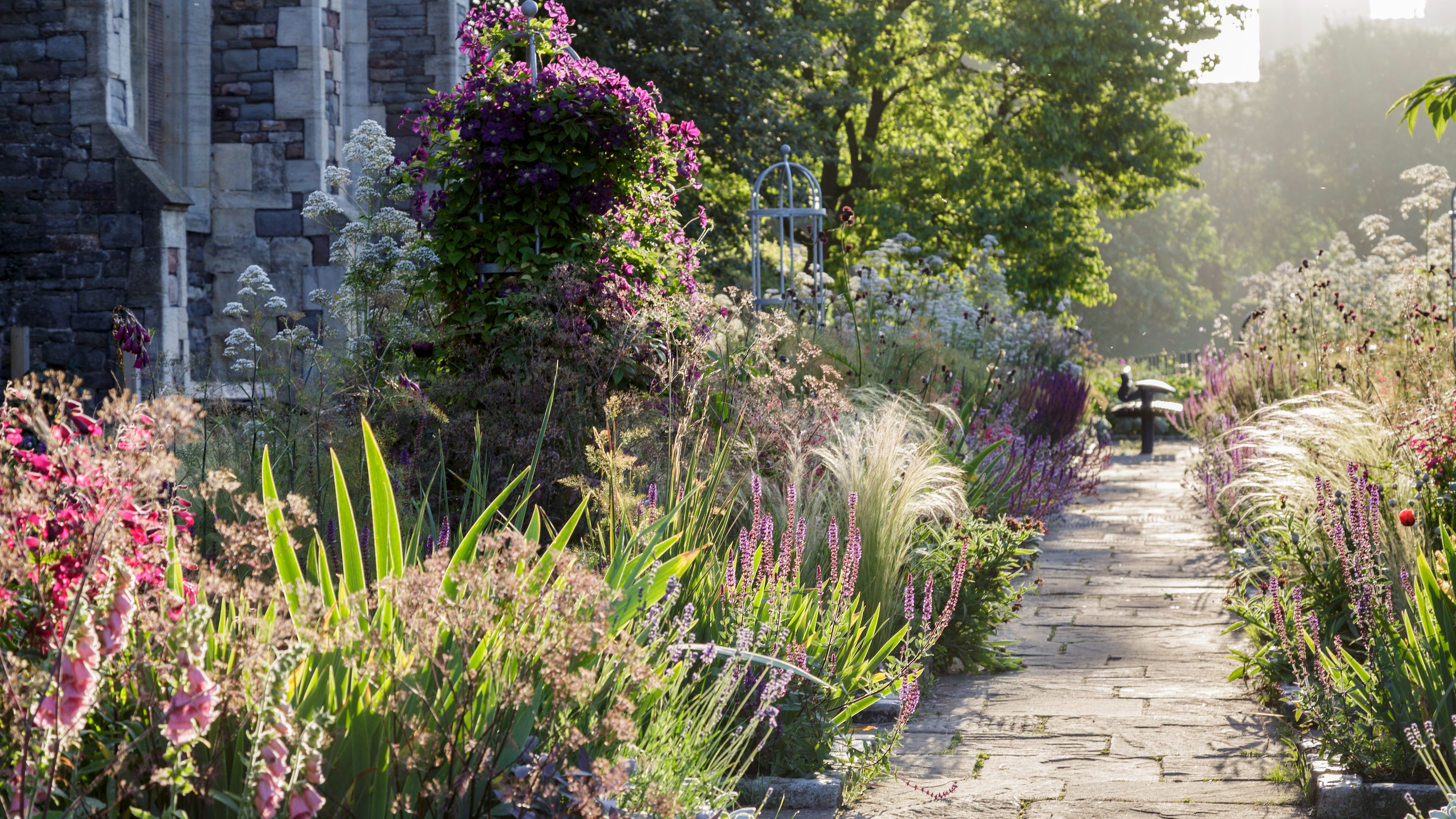

EDITOR’S NOTE: An earlier version of this article included a quote from a purported expert whose credentials we have not been able to verify. The quote has been removed. We regret this lapse in our verification process and have updated our internal protocols to reduce the risk of recurrence.
If the time has come for you to revamp your garden you will want to spend time figuring out the best positions for seating and dining areas, as well as understanding where plants will thrive.
Sun and shade is an important factor when making these decisions. Let's face it, no one wants to be having lunch in the glaring sun come August and you don't want to risk plants failing because you've planted them in the wrong position. This is where sun mapping a garden becomes a powerful tool for planning your garden. It's also helpful for north facing garden ideas when you have more shaded coverage.
We've spoken to some garden designers and experts, who've given us the lowdown on sun mapping a garden.
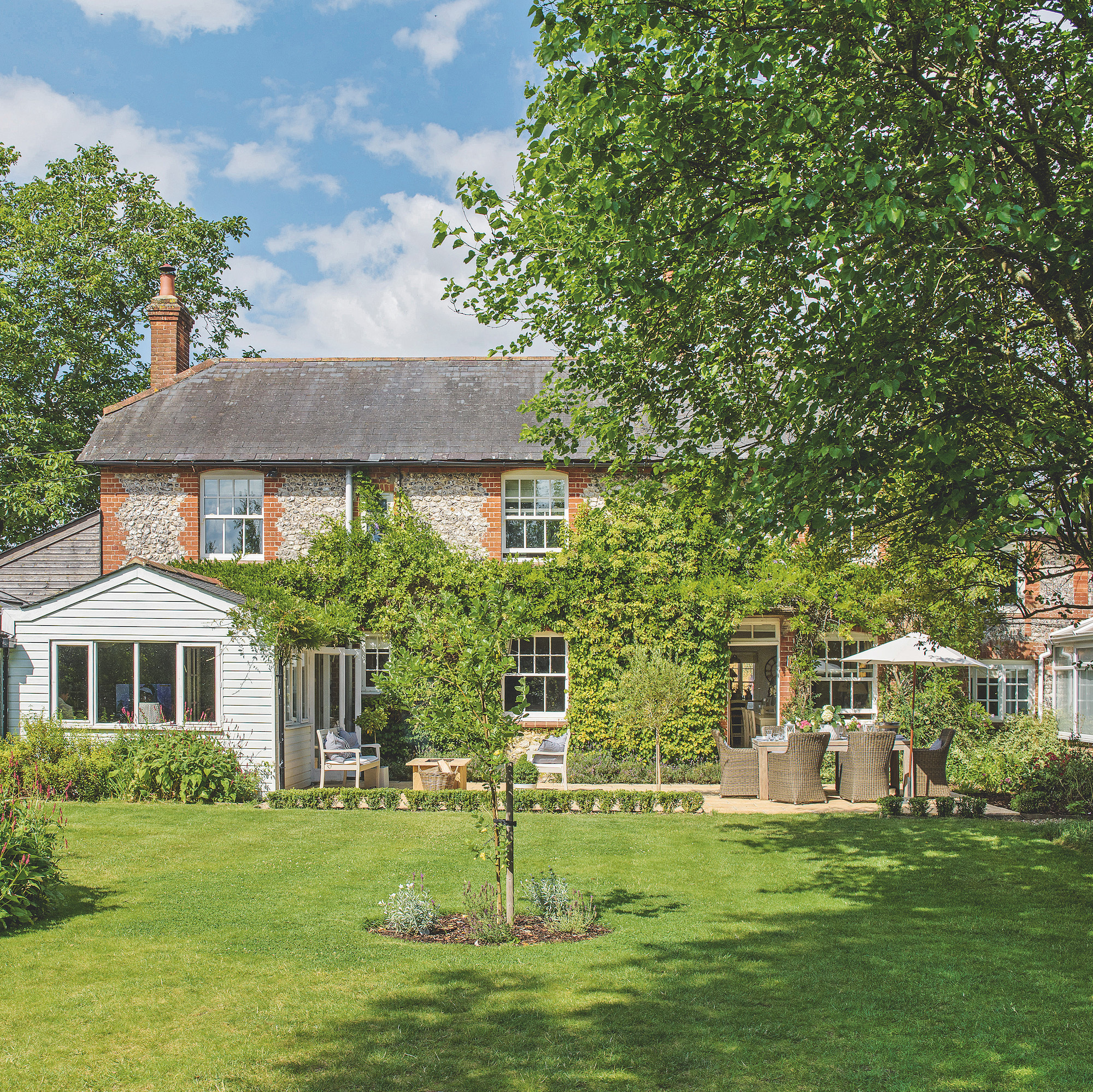
What is sun mapping?
'Sun mapping is the process by which the path of the sun at a certain geographical location is recorded and illustrated throughout the year,' explains Marlene Lento of Marlene Lento Design Studio. 'This is done to identify where sun protection is needed and how it needs to be configured in the context of both buildings and gardens.'
Once you're able to see how the sun moves over your garden and what areas of shade there are you can plan your garden landscaping ideas around your needs.
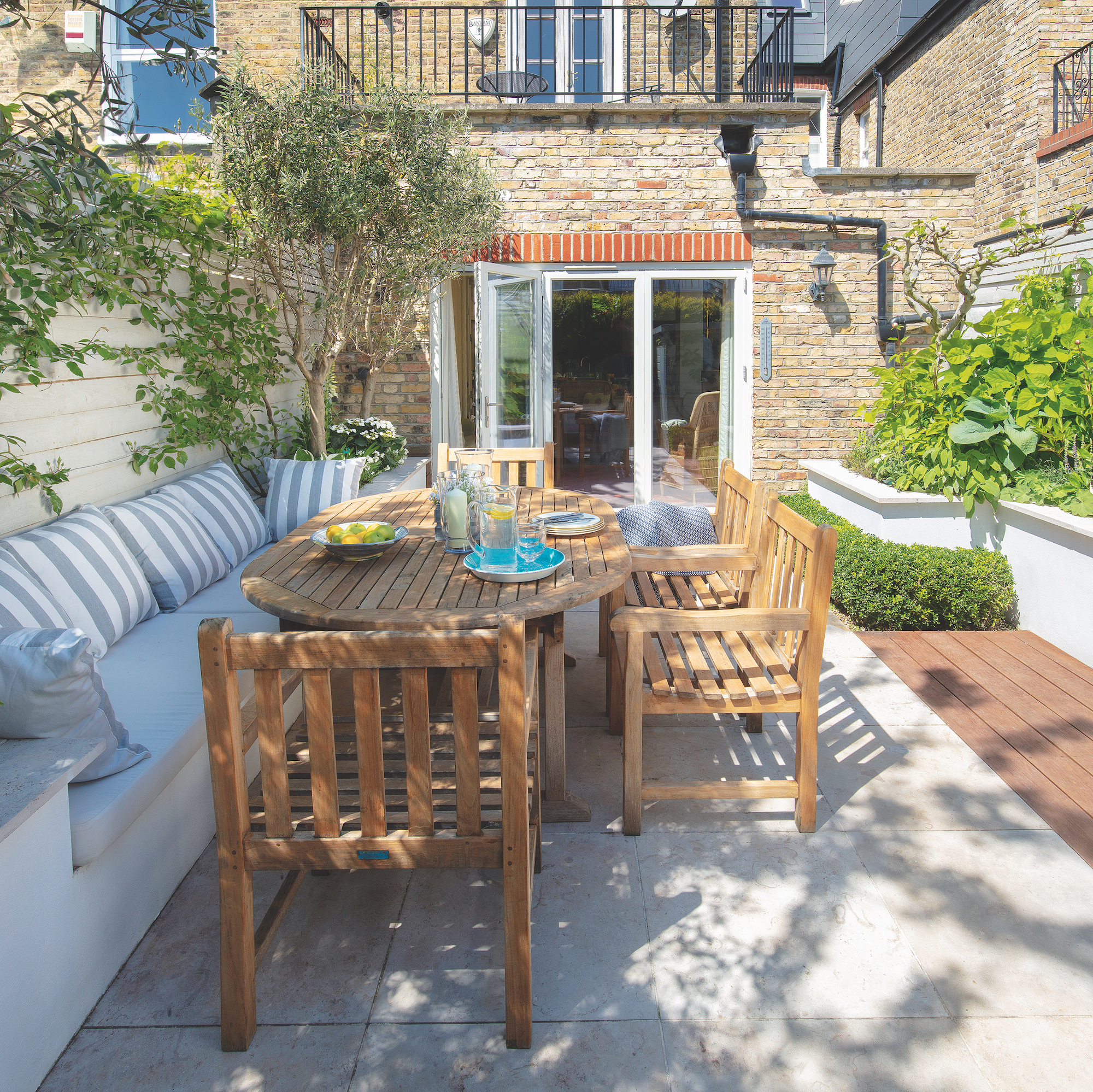
Marlene Lento designs bespoke gardens that encompass every aspect of today’s outdoor living space including outdoor entertainment areas, lighting and planting schemes, pools, and natural swimming ponds. Marlene‘s qualifications in environmental design, planting design and interior architecture give her an in-depth understanding of how we perceive and use space, and how to design a garden that complements and elevates any property.
How can it help you plan your garden?
When it comes to planting, sun mapping a garden helps with figuring out the best placement depending on whether plants prefer full sun, semi shade or shade.
'For gardens, sun mapping informs the gardener which plants are suitable for a given area by showing the amount of sun it receives throughout the day and, importantly, the seasons,' advises Marlene. 'This is important for successful plant selection and pre-empts a lot of trial and error that has traditionally been involved in establishing a thriving garden.'
Sign up to our newsletter for style inspiration, real homes, project and garden advice and shopping know-how
There's nothing worse than forking out for a load of new plants and seeing them die off because they've been planted in the wrong position. As gardener, Beth Chatto was renowned for saying 'right plant, right place'. Get this right and your plants will thank you for it.
'Sun mapping helps in planning a garden by identifying the best spots for plants based on their sunlight needs,' explains Mairi Devlin, head of garden and outdoor at B&Q.
'For example, a tomato plant requires at least eight hours of sunlight a day while hydrangeas tolerate partial shade and often benefit from morning sun with afternoon shade.'
Critically, sun mapping a garden is also important to plan garden seating ideas, as Marlene explains.
'Sun mapping is an important tool to use when designing gardens, and seating areas in particular. For example, an area that will be used for lunch in the summer has to provide shade between 11am and 3pm between June and August, whereas a lounge area that will be used in the evening needs to be located in a spot that receives sun later in the day and doesn’t get shaded by adjacent structures or trees as the shadows lengthen in the evening.'
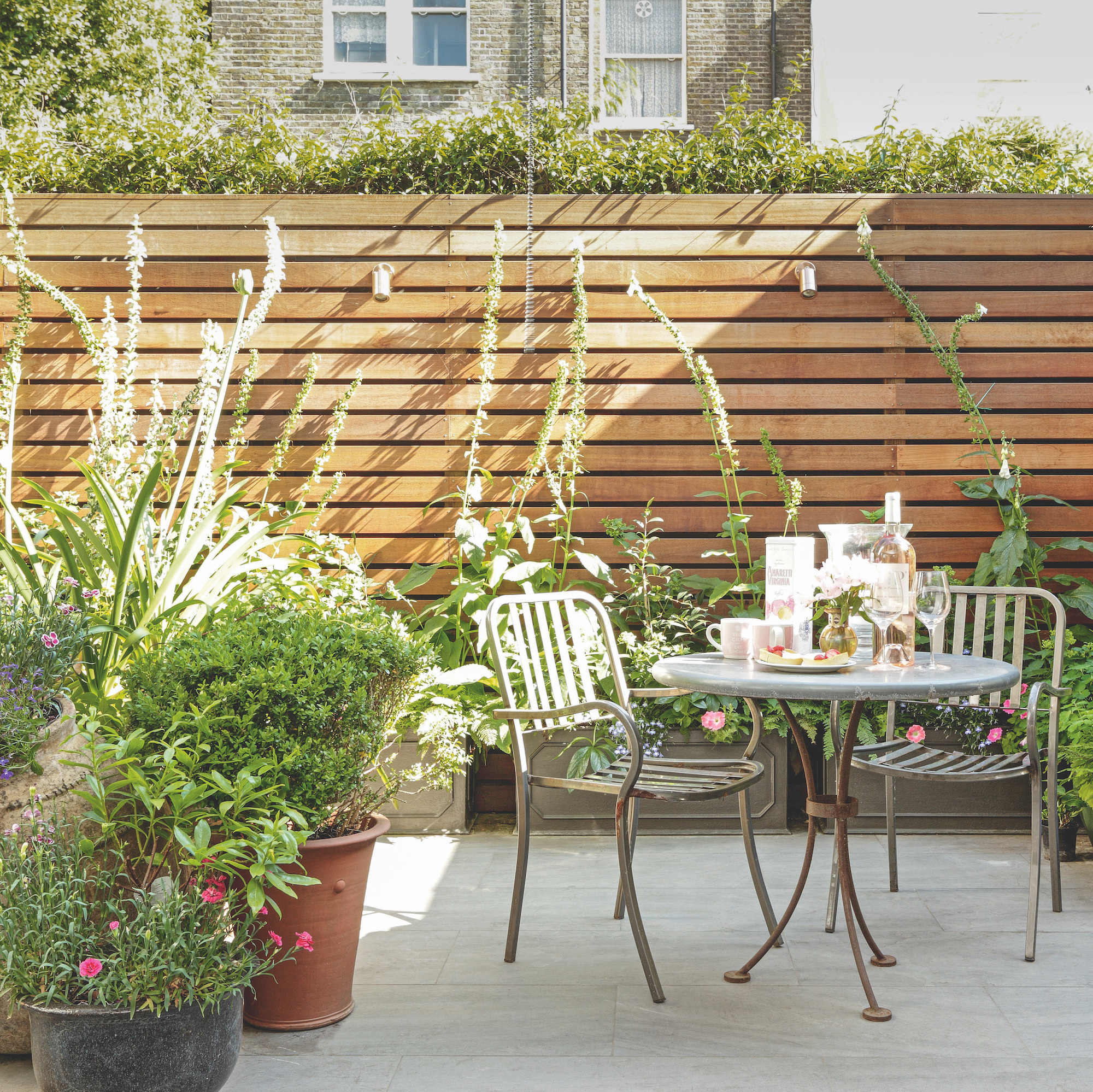
How to sun map a garden
You have several options when it comes to sun mapping a garden. If you employ a garden designer they can do a thorough plan, but it's also possible to do it yourself. The most important thing is to take plenty of time to do it properly.
'Sun mapping can take anywhere from a couple of weeks to months,' explains Luke Dejahang, director and gardening expert at Crown Pavilions. 'For the most efficient sun mapping track for six months, starting from spring through to autumn, this will give you the most efficient results. It is also important to keep up with sun mapping regularly if you have added a new shed, tree, or structure to see if it is obstructing the sun from your garden.'
What you will need
- A smartphone
- Computer of laptop
- Several sketches of your garden
- Different coloured pens or pencils
1. Check the orientation
The very first job in sun mapping a garden is finding out your garden's orientation. You can go online and use Google Maps to help, or try these suggestions from Mairi.
'To find your garden's direction, use a compass or app while standing in the garden. Or observe the sun's rise and set points to determine the orientation.'
2. Make a sketch of your garden
Next, use Google Earth to see an overview of your garden so you can sketch it out. If you can make the drawing to scale it will make your plan more accurate.
'It is important to have a scaled plan of the garden and the footprints and height of all surrounding structures such as the house, sheds, walls, and vegetation, including hedges, mature trees and shrubs,' advises Marlene. 'If there is a significant undulation in the terrain, ground levels are an important factor in accurately plotting areas of sun and shade.'

3. Take note of the sunlight
Capturing photos of your garden at different points during the day will help you see a pattern in the way the sun moves across your garden. Record where the and shade are at regular intervals over the span of a day. Doing this several times throughout the year and different seasons will give you an accurate record.
4. Record the results
Transferring the information you have from the photos on to the sketches will help you to start sun mapping your garden accurately.
Use yellow for sunny areas, green for partially shaded areas and grey for shaded areas. For your final map, place all the other maps in front of you and choose a spot in your garden.
If most of the maps indicate that spot as sunny, mark it as sunny, then repeated for partially and totally shaded areas.
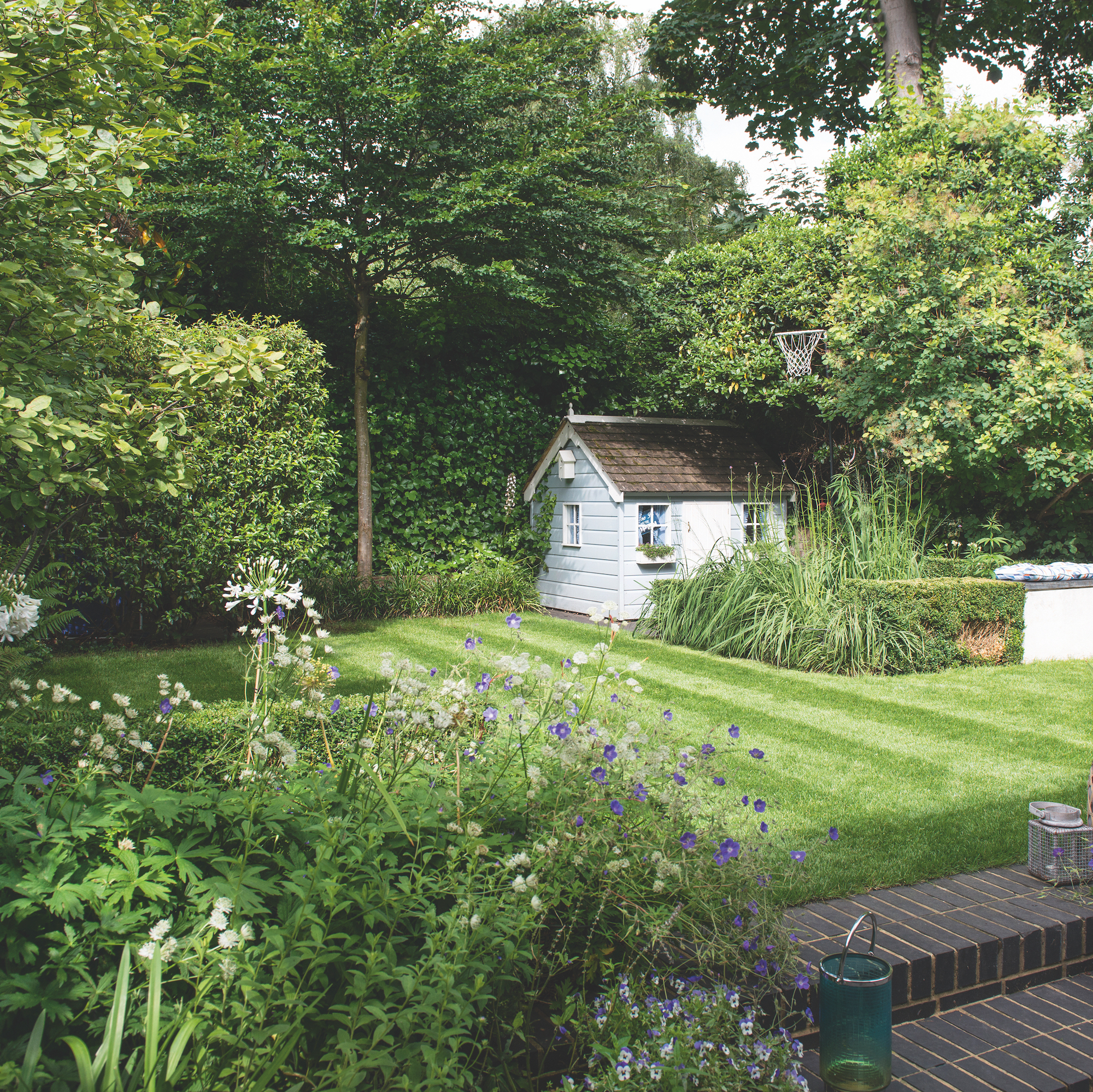
FAQs
What is the best sun tracking app for gardening?
There are several sun tracking apps available, some of the most popular are SunCalc, Sun Seeker and Sun Locator. They will help you to successfully map how the sun crosses your garden at different times of the day and year.'
How do you work out which way your garden is facing?
'The quickest way to figure out the aspect of a garden is to find your garden on Google maps on a smartphone, where north will always be at the top of your screen, and south will always be at the bottom.' explains Harriet Worsley, of Worsley Design & Consultancy. 'Then do a screen grab, zoom in, and draw a cross over the space marking north, south, east and west.'
From this information, you can work out the sunniest and shadiest parts of your garden, as Harriet explains.
'The area at the top of the screen (north) will be the sunniest as it is south facing (opposite south) and good for plants that like full sun, unless there are overhanging trees or high buildings throwing out shade. The area at the bottom of the screen (south) will be the shadiest as it is north facing (opposite north), and good for shade loving plants.'
East and west facing gardens tend to get more of a mix of sun and shade.
'The area at west will get the morning sun, as it is opposite east where the sun rises; I usually put shade loving or semi-shade loving plants here,' advises Harriet. 'The area at east will be west facing, and will get the afternoon sun, and be west facing. I usually put plants that like semi shade here as it will be in the sun for half the day.'

Amy Hodge has been working on interiors magazines for over 11 years. She's a freelance writer and sub editor who has worked for some of the UK's leading interiors magazines including Ideal Home, Style at Home and Country Homes & Interiors. She started at Style at Home just after it launched as food editor and is now chief sub editor for Ideal Home, Style at Home and Country Homes & Interiors.